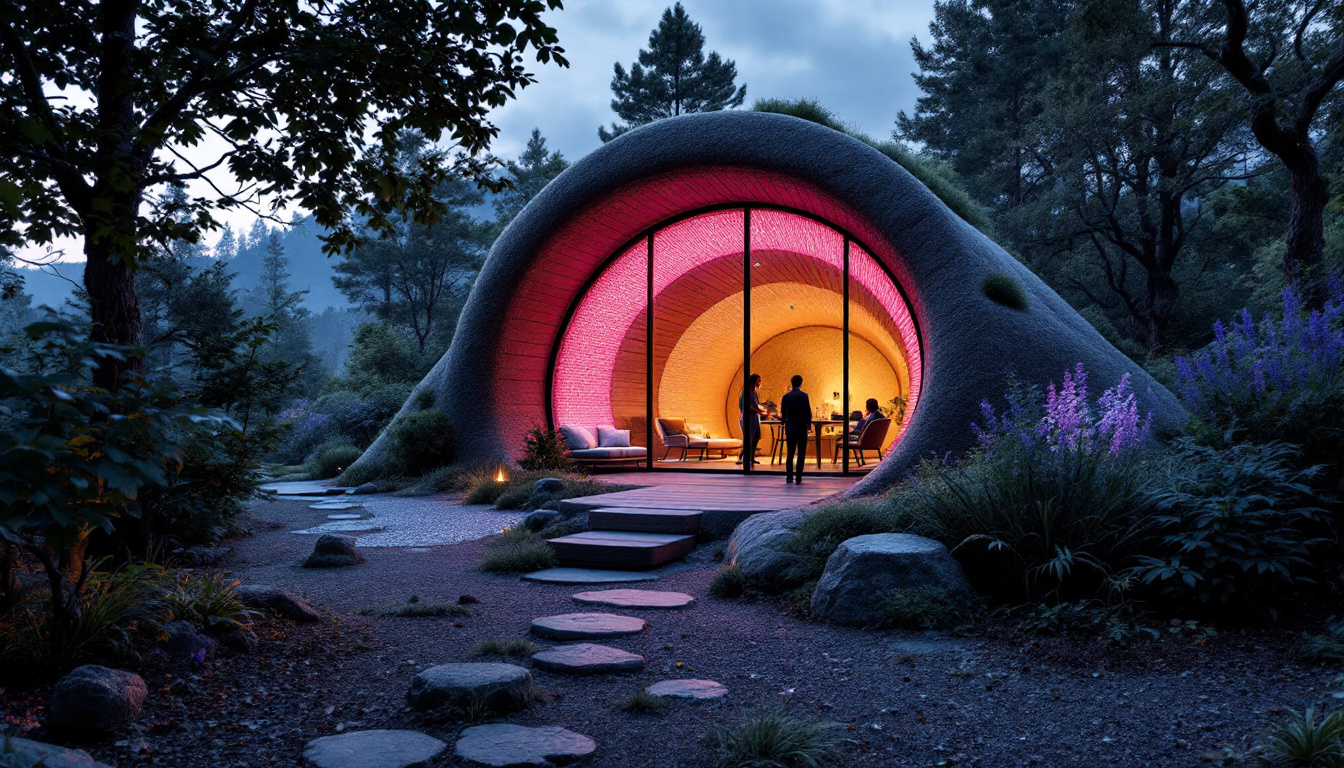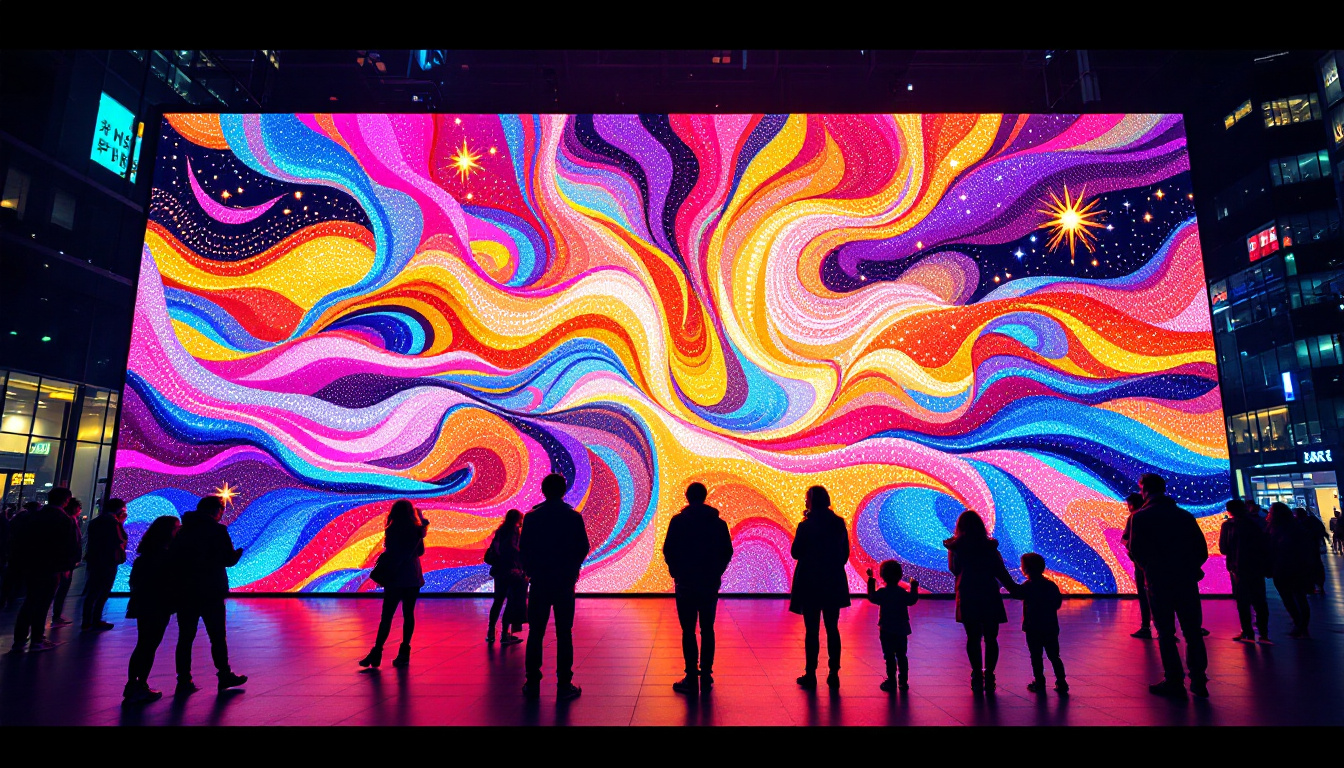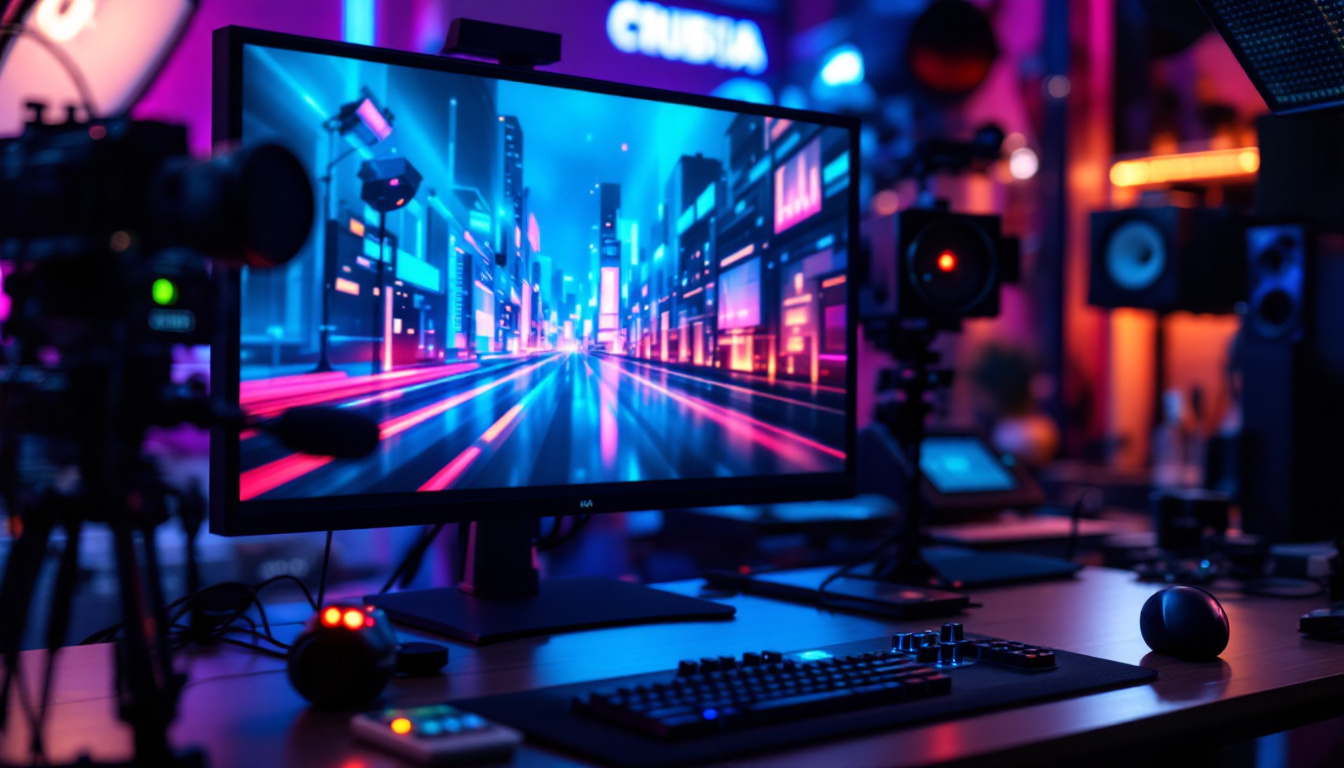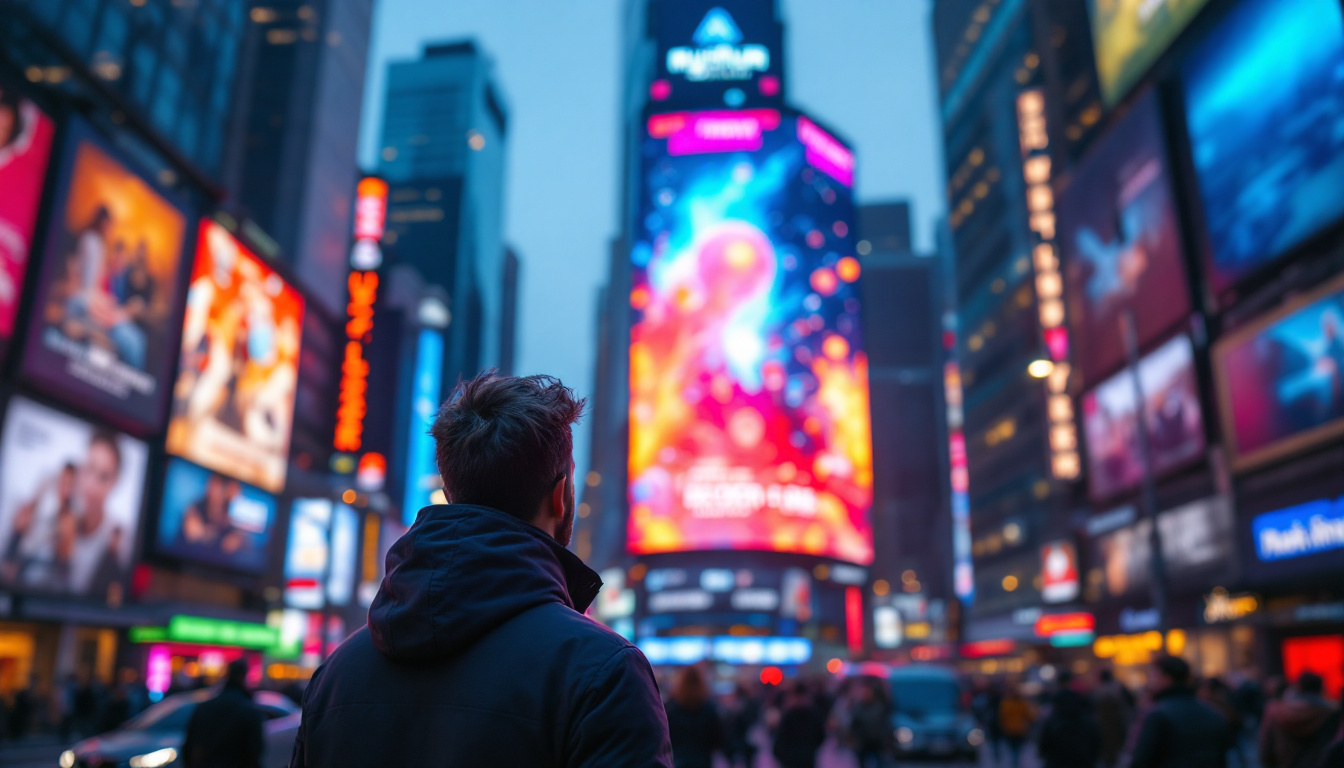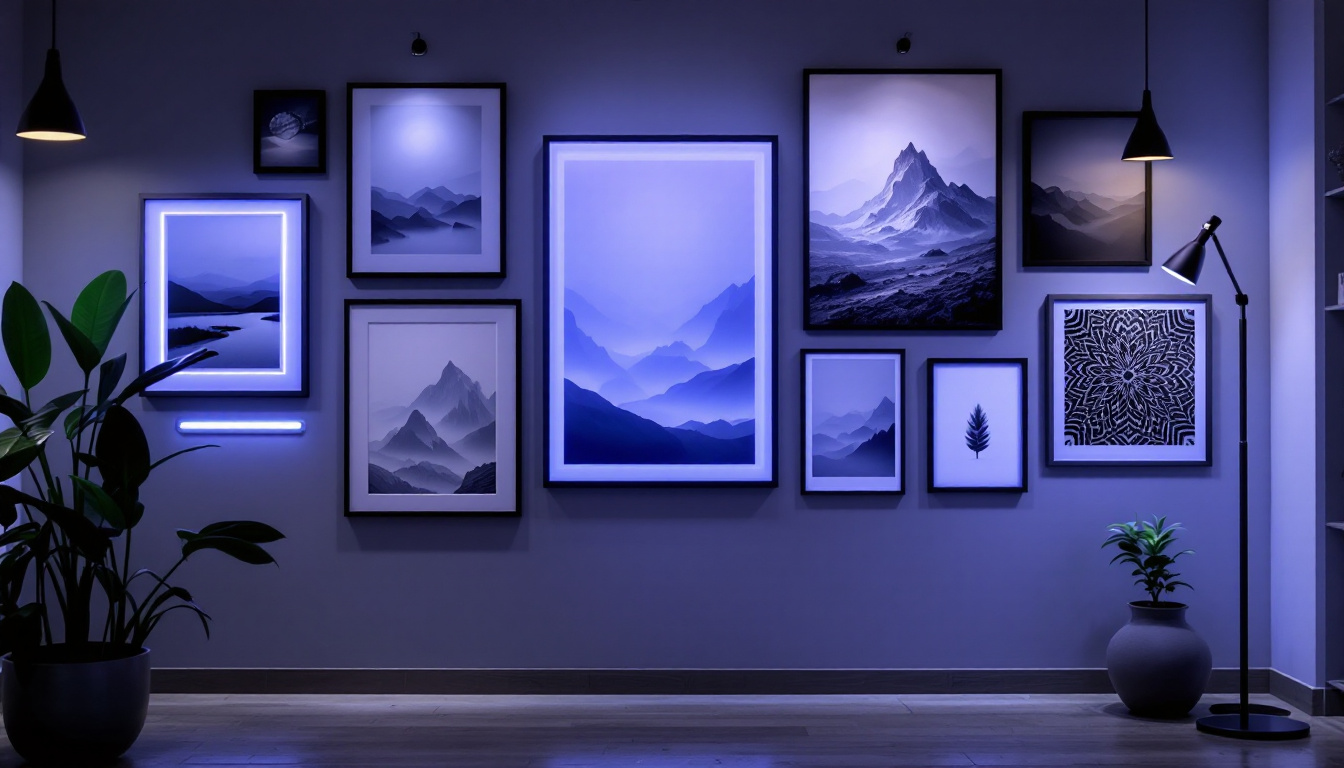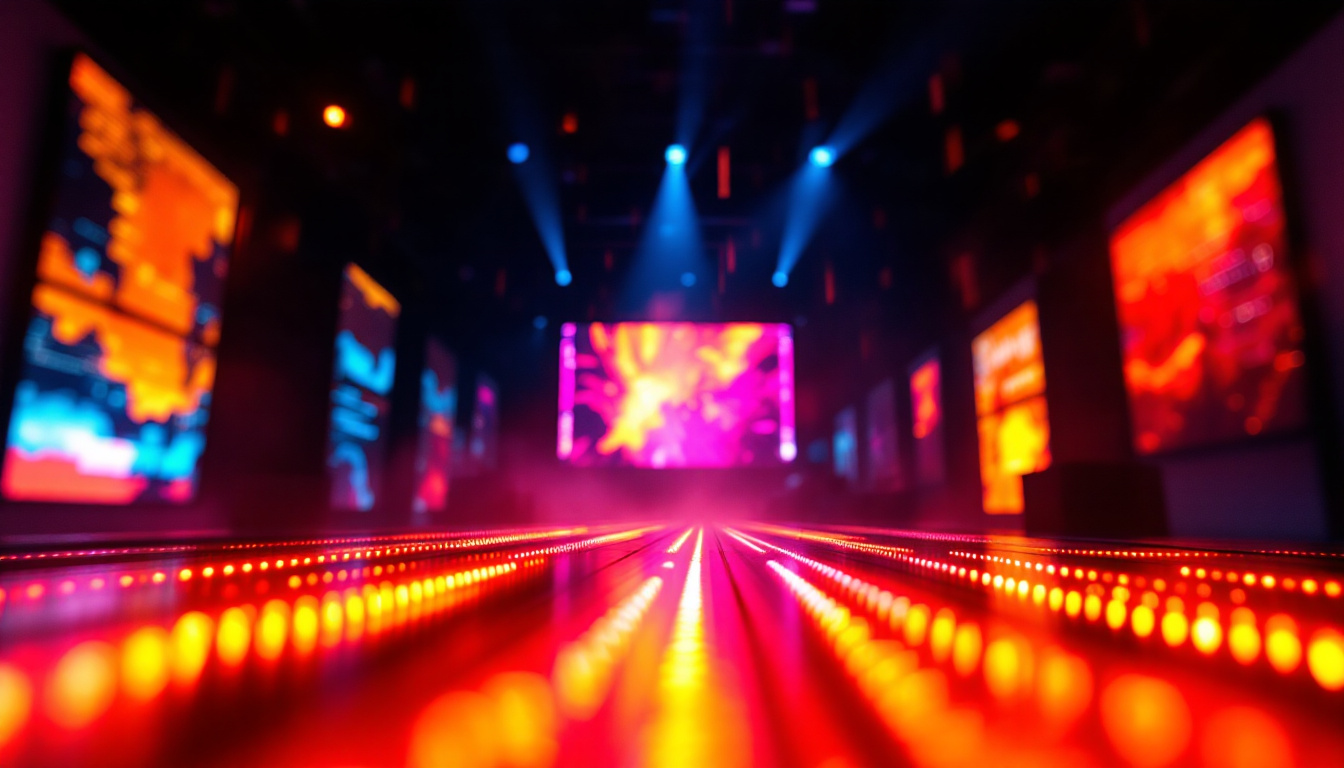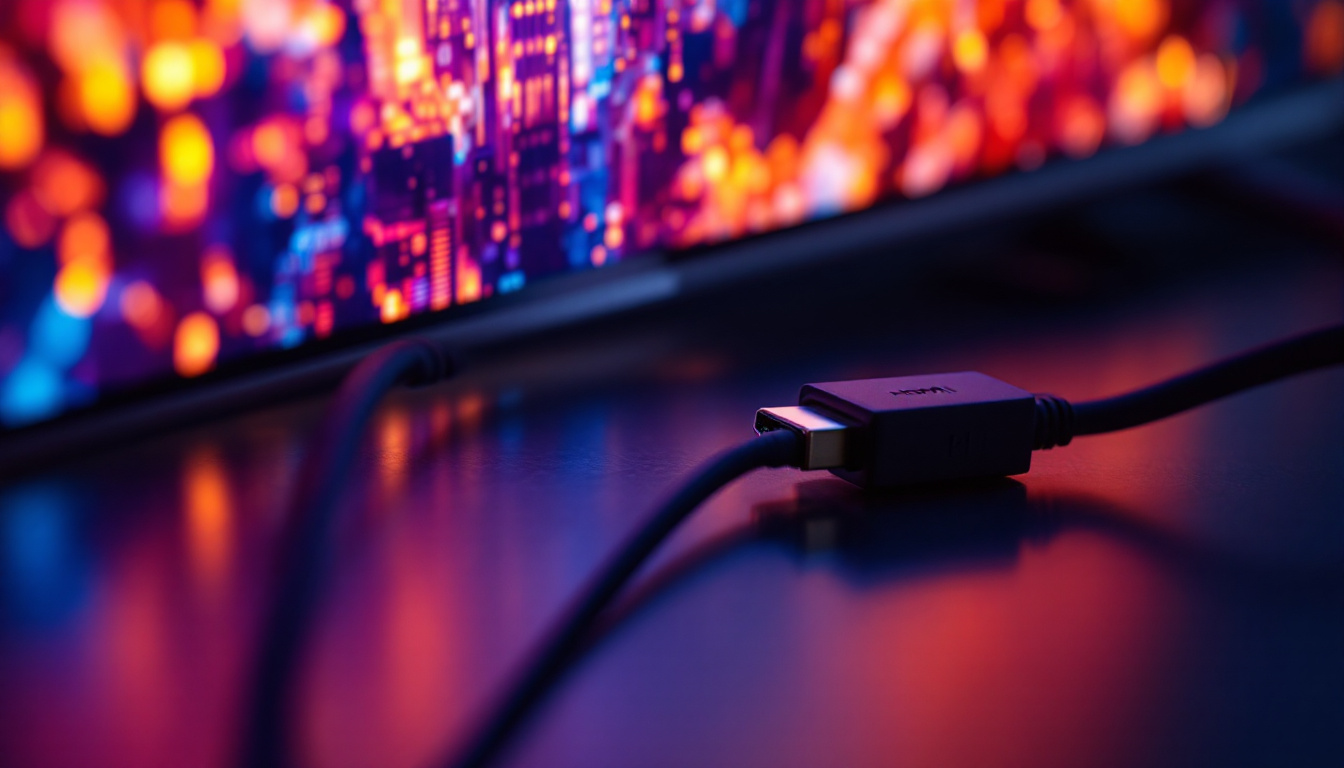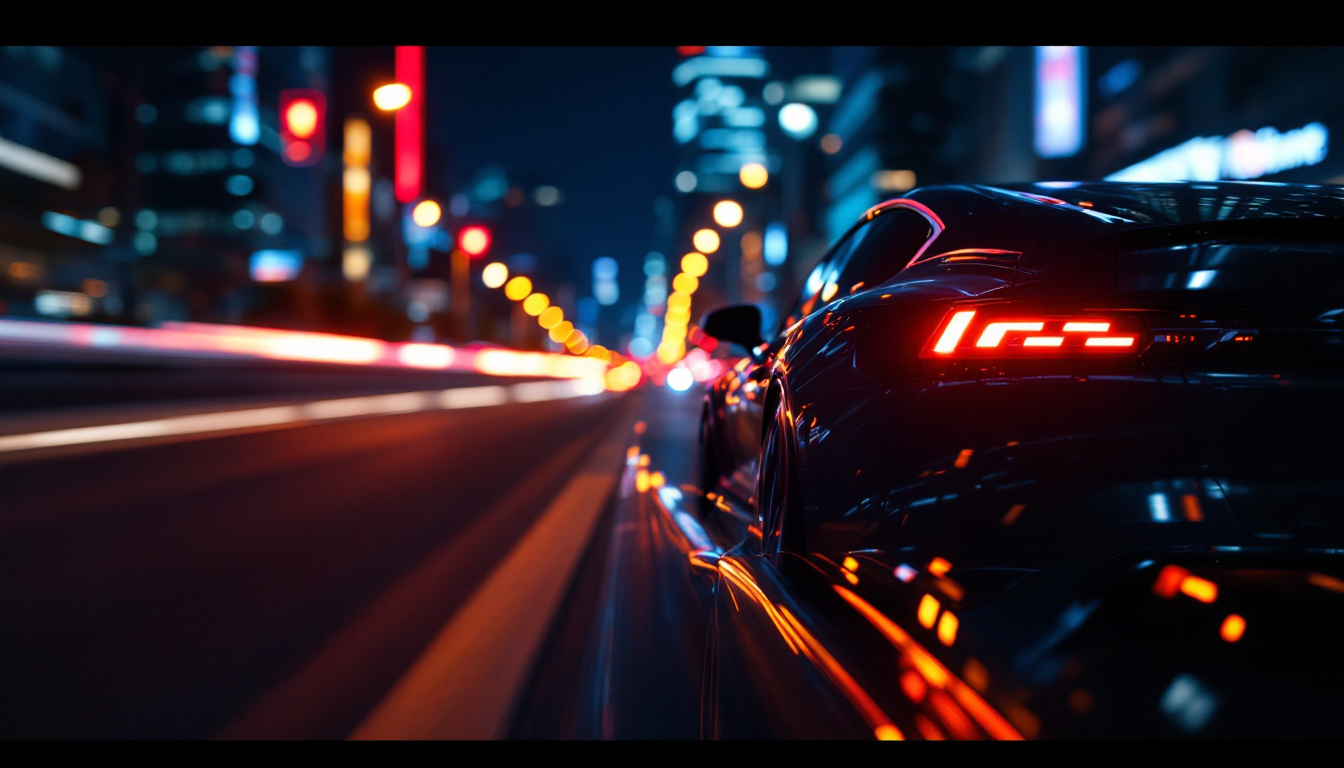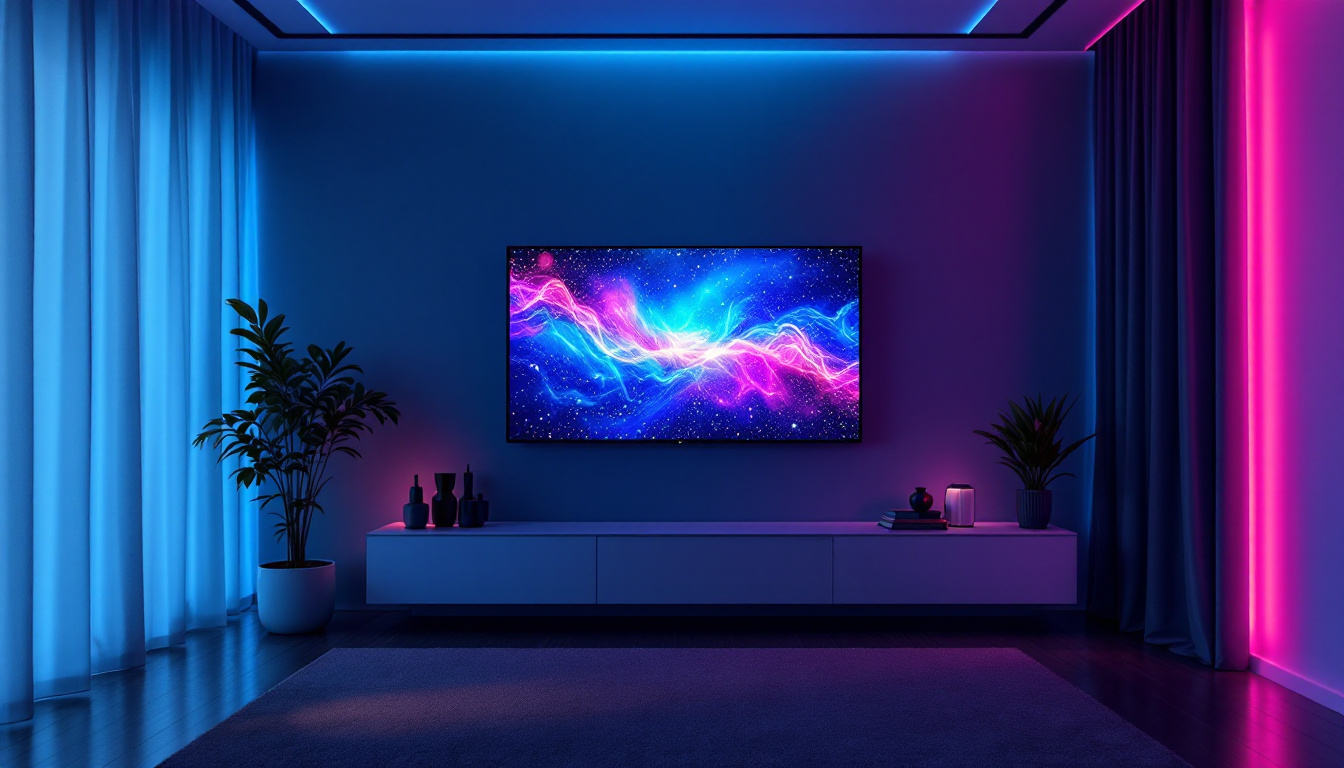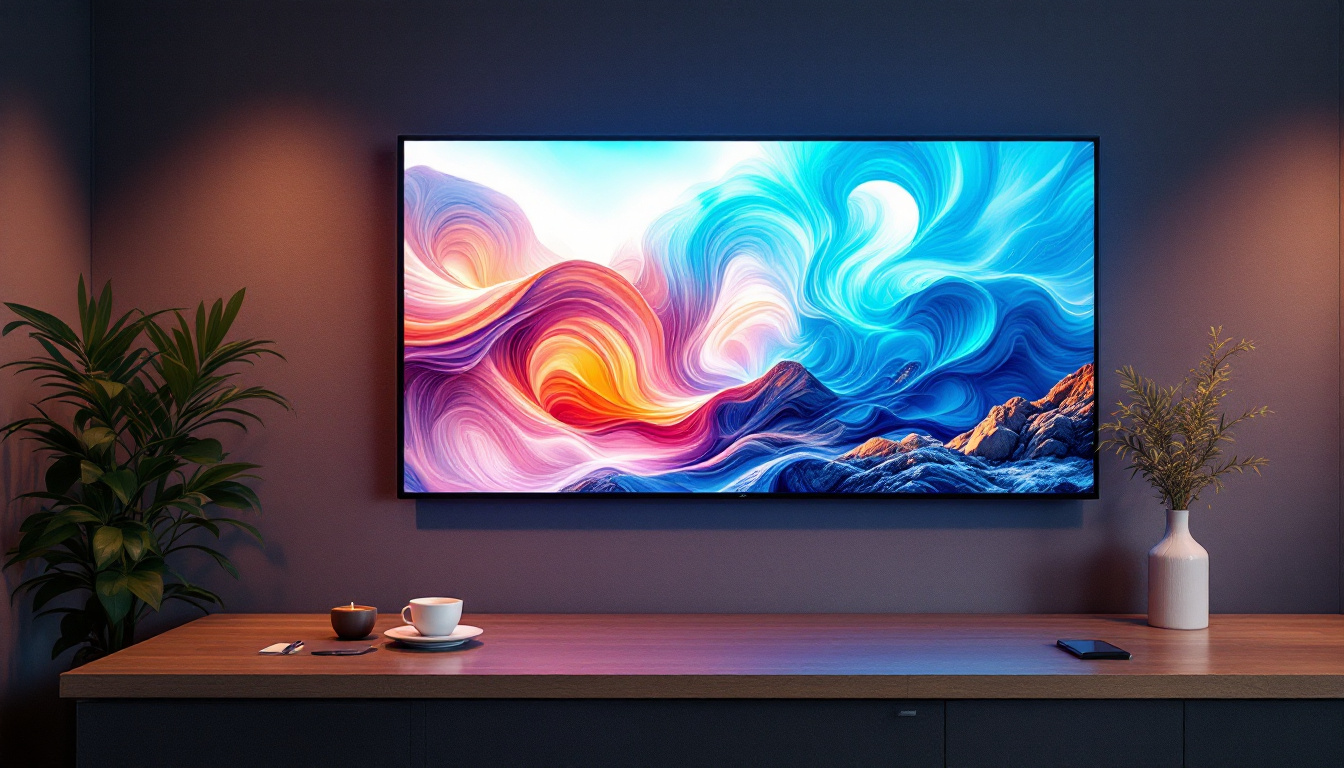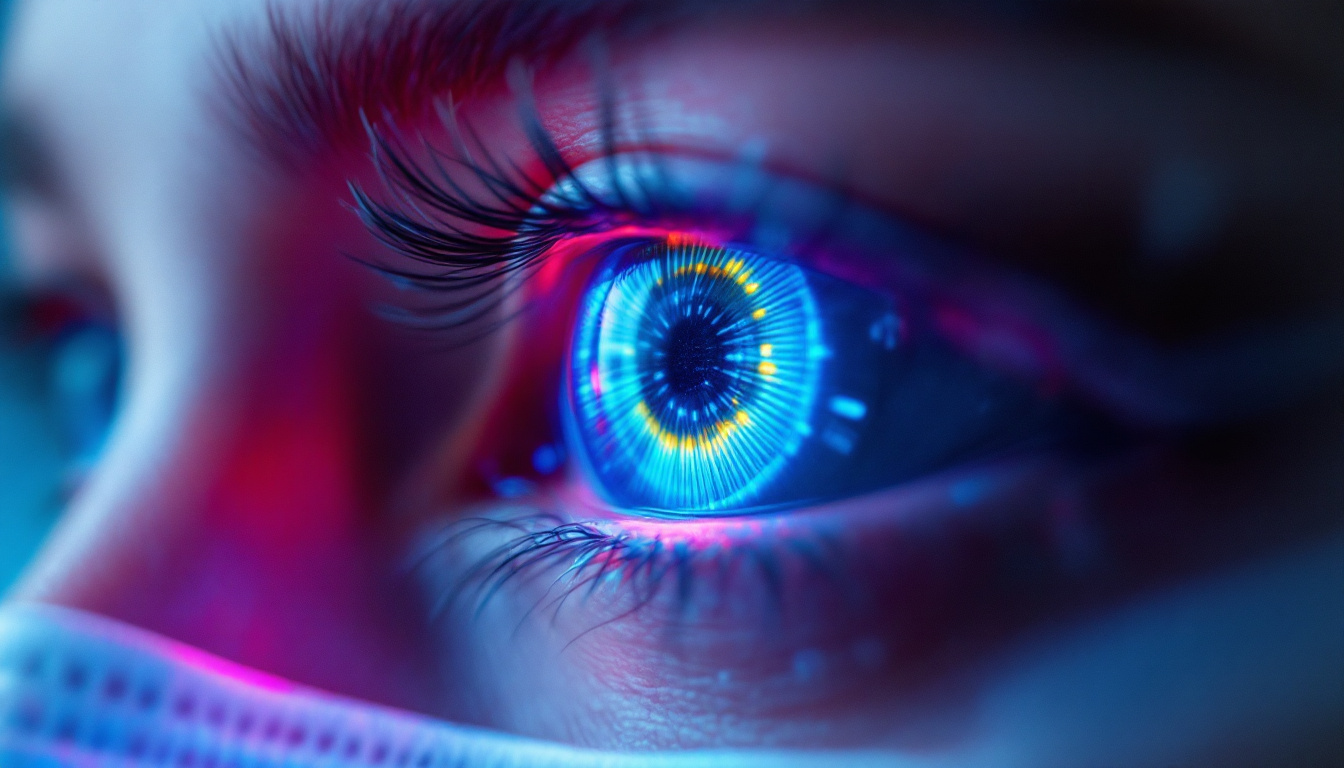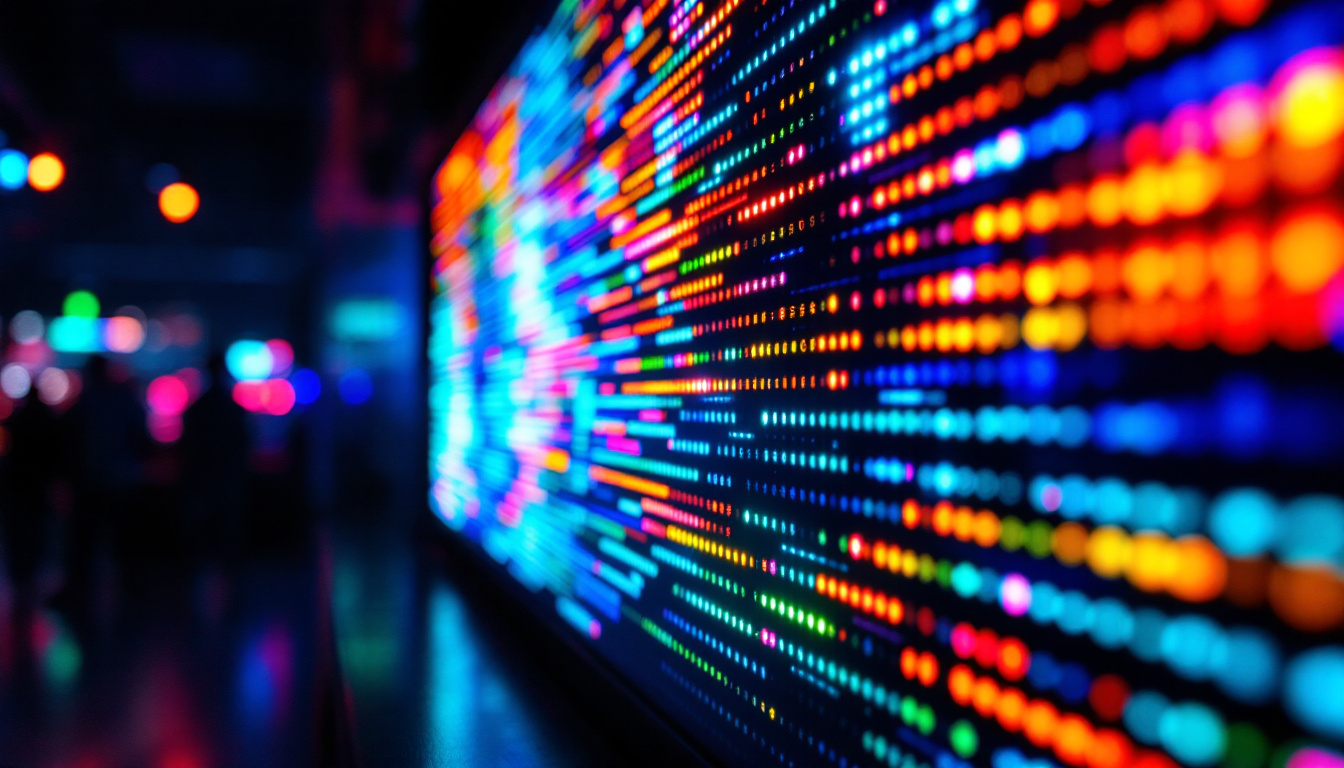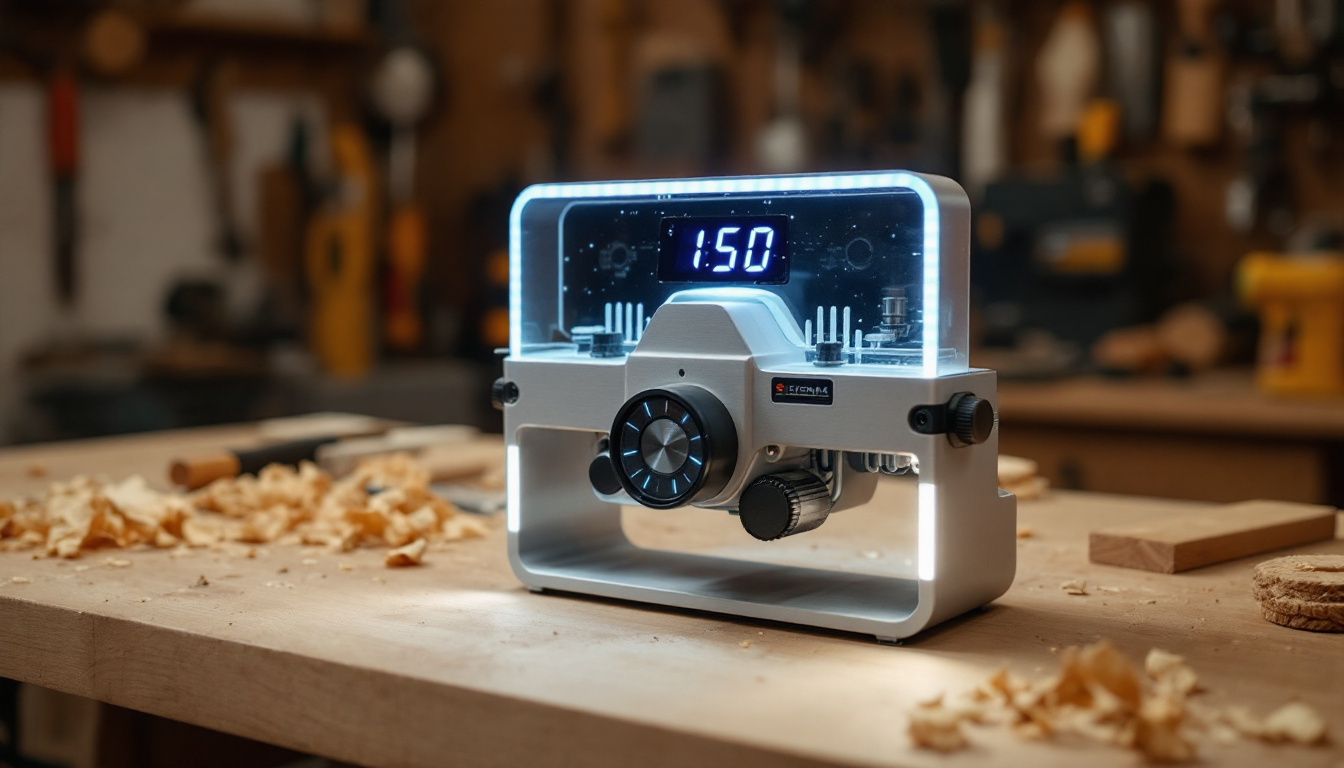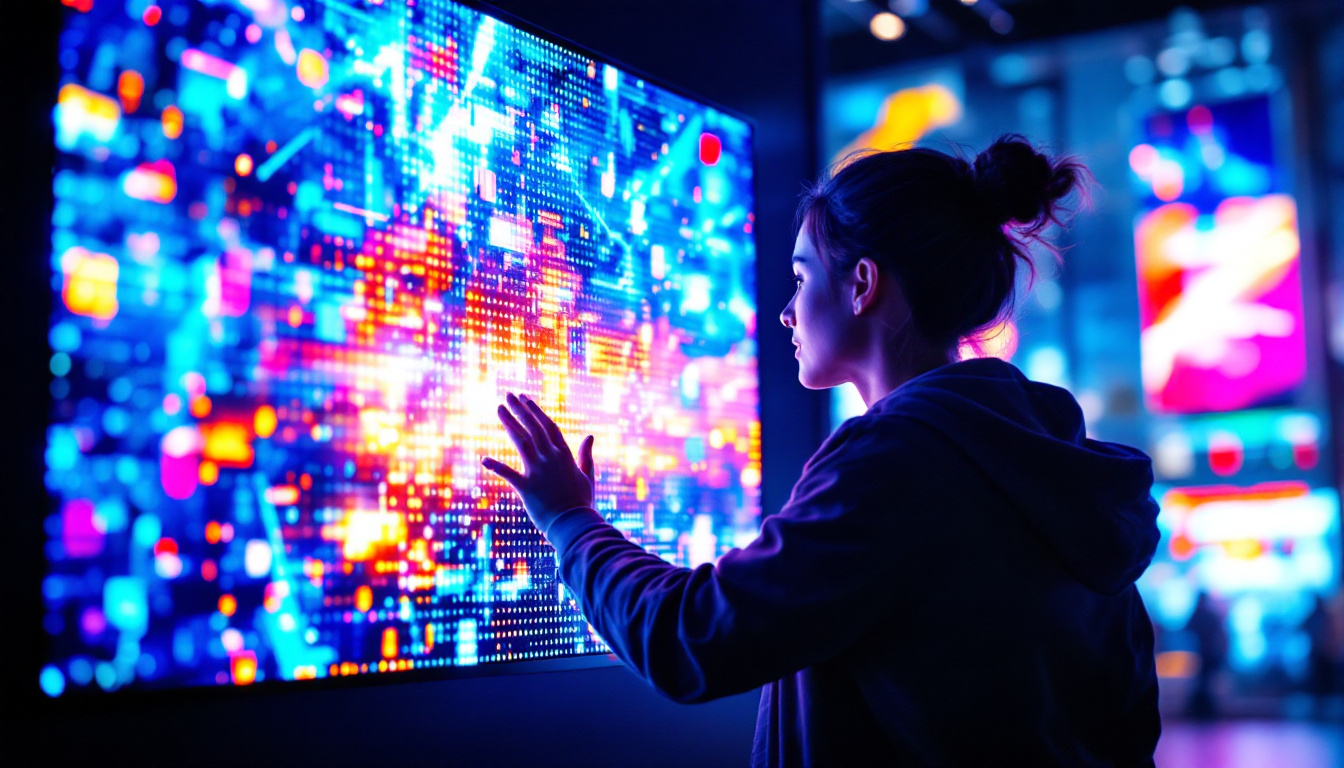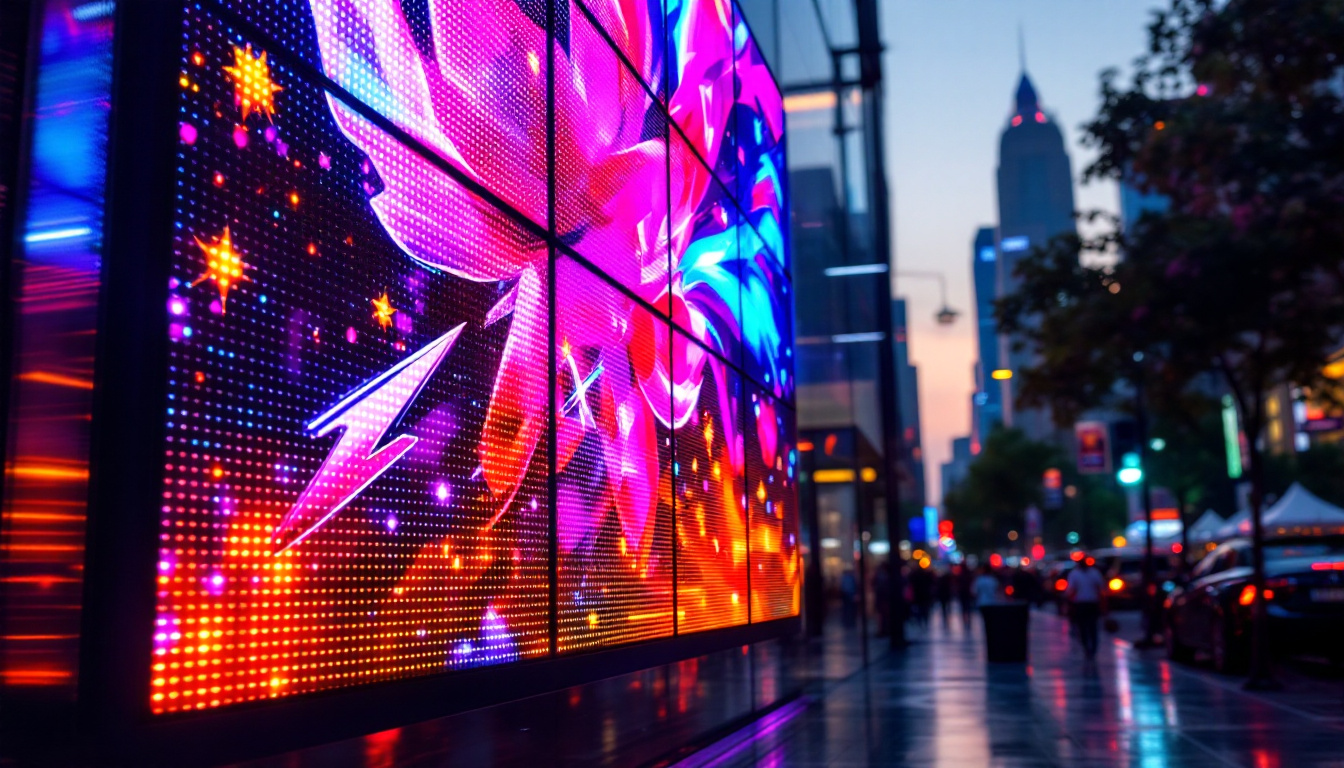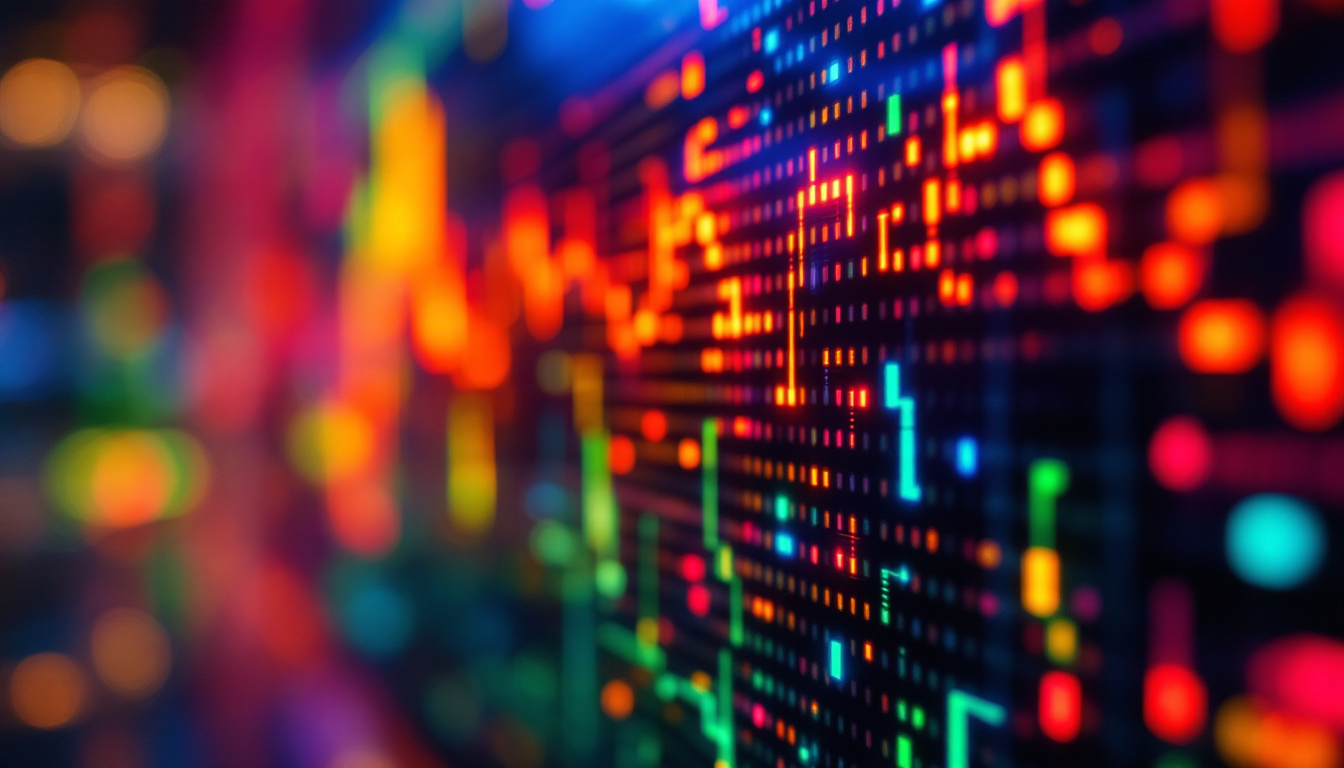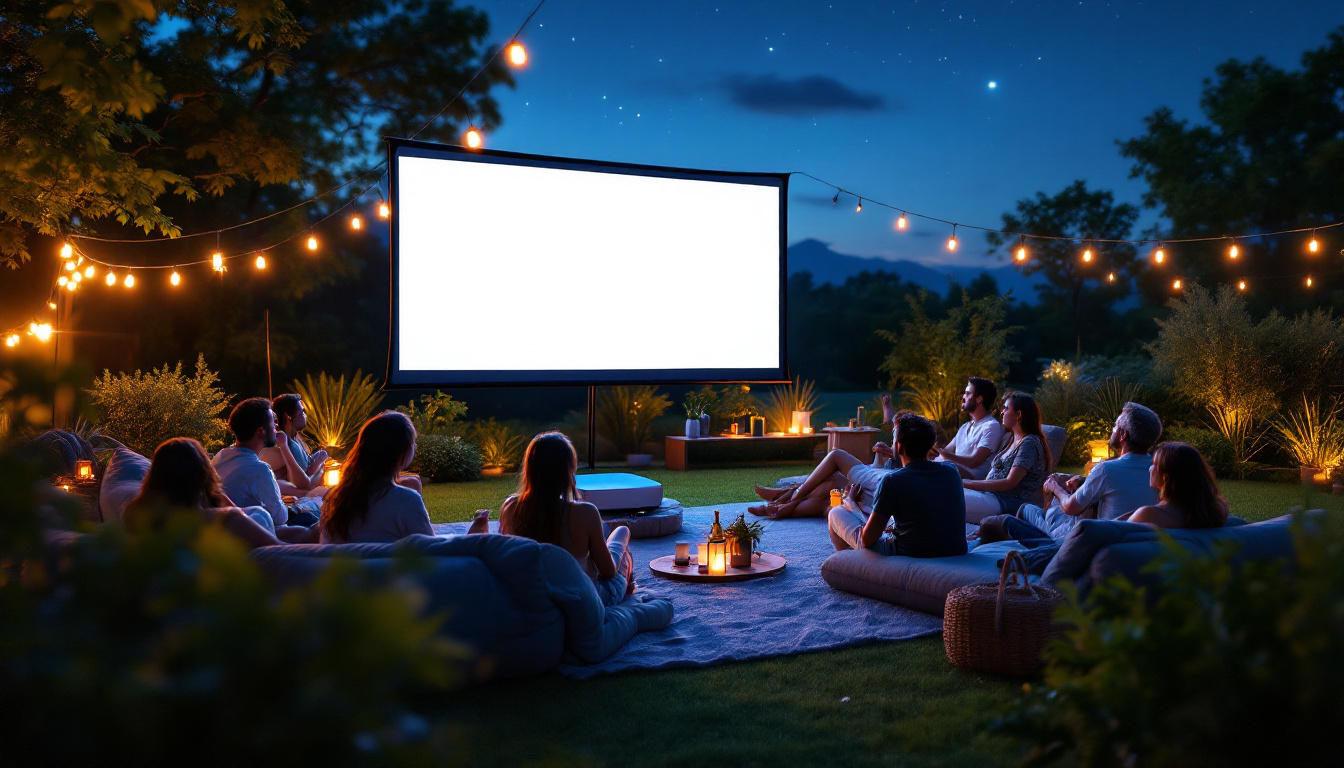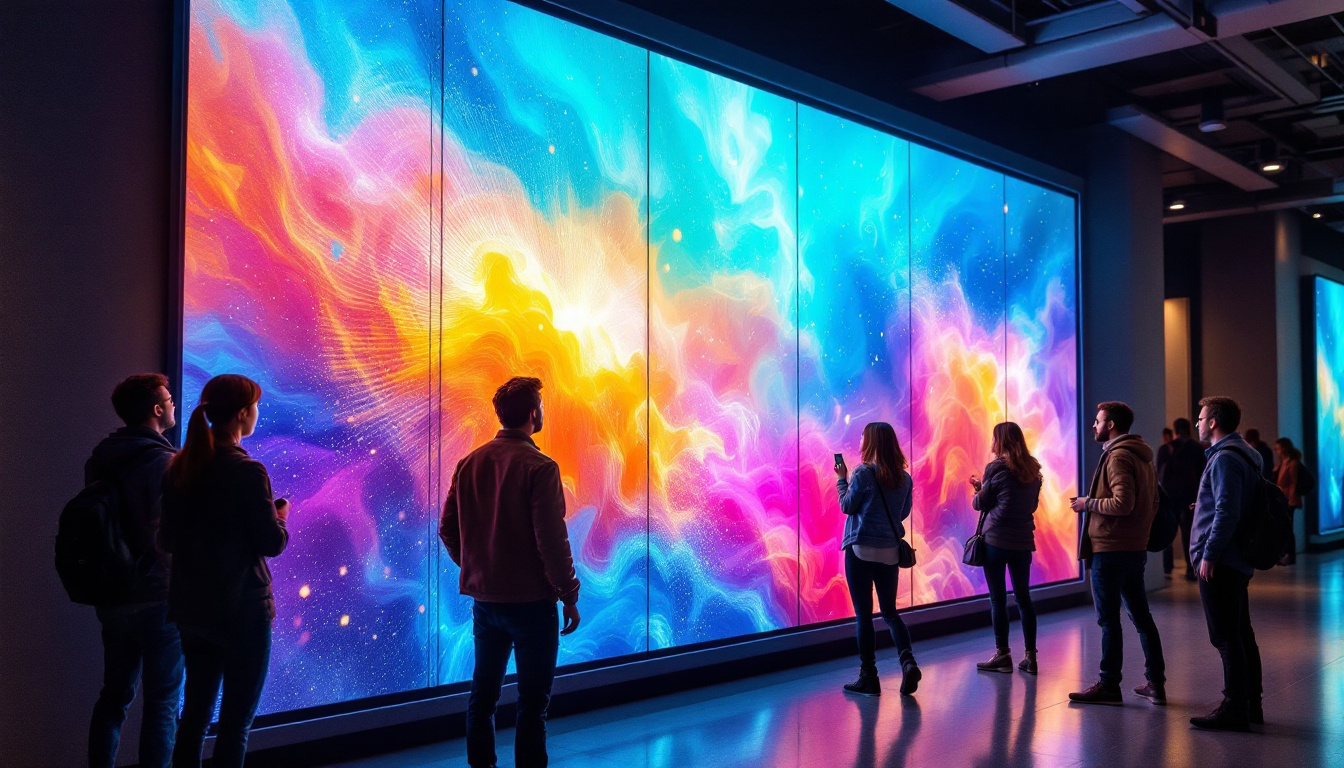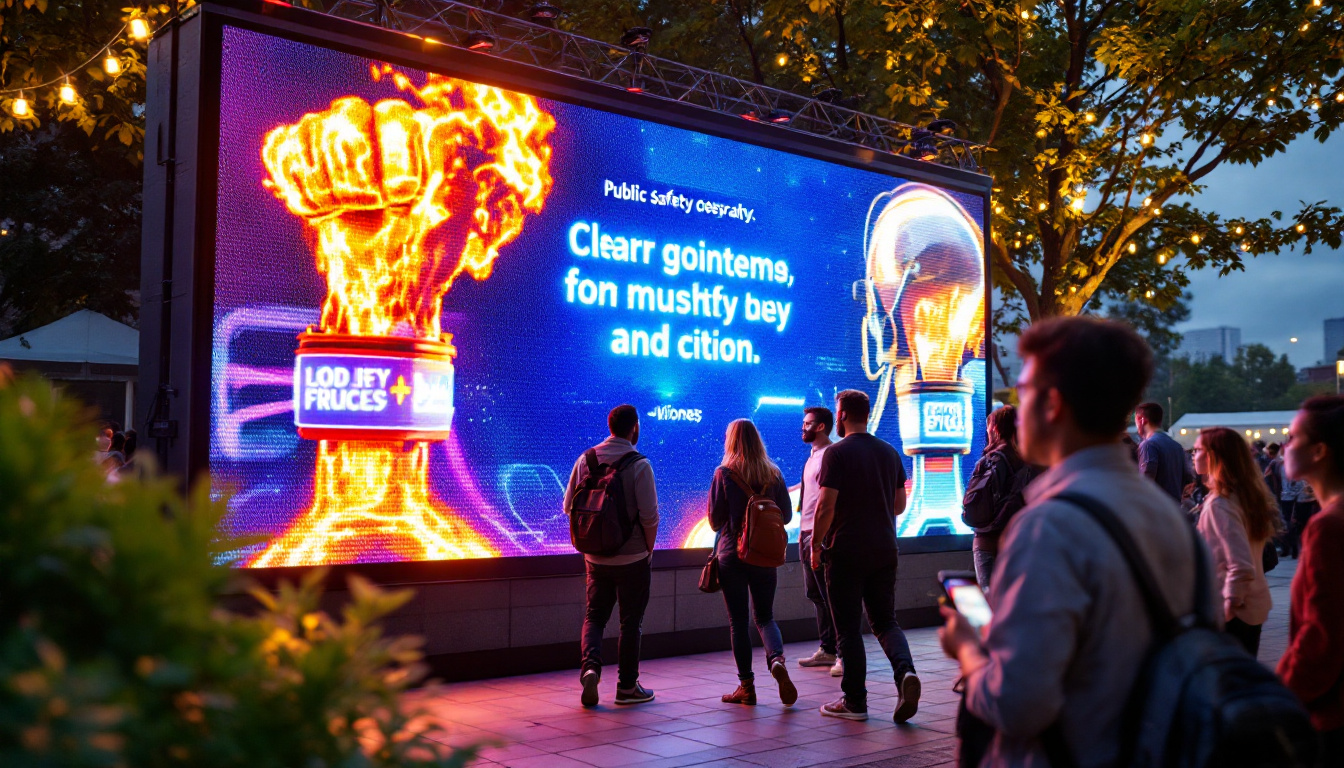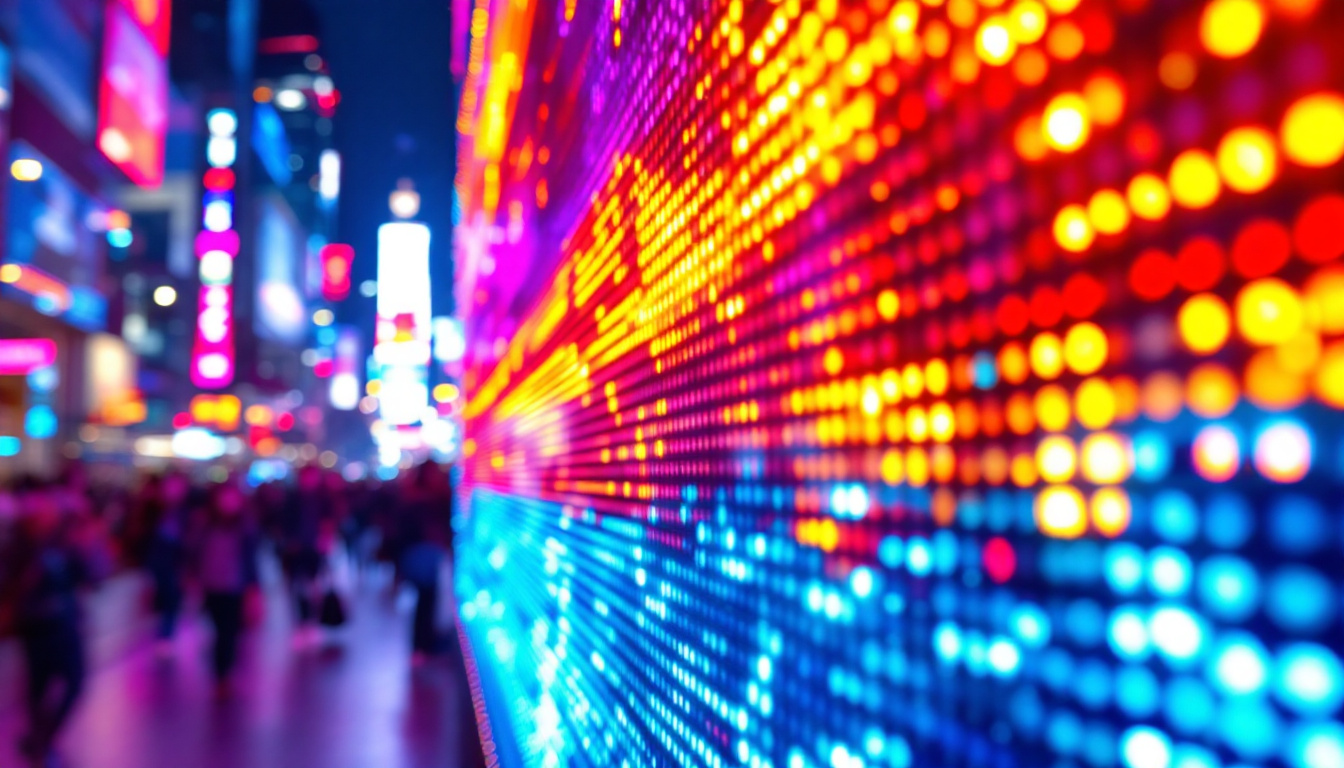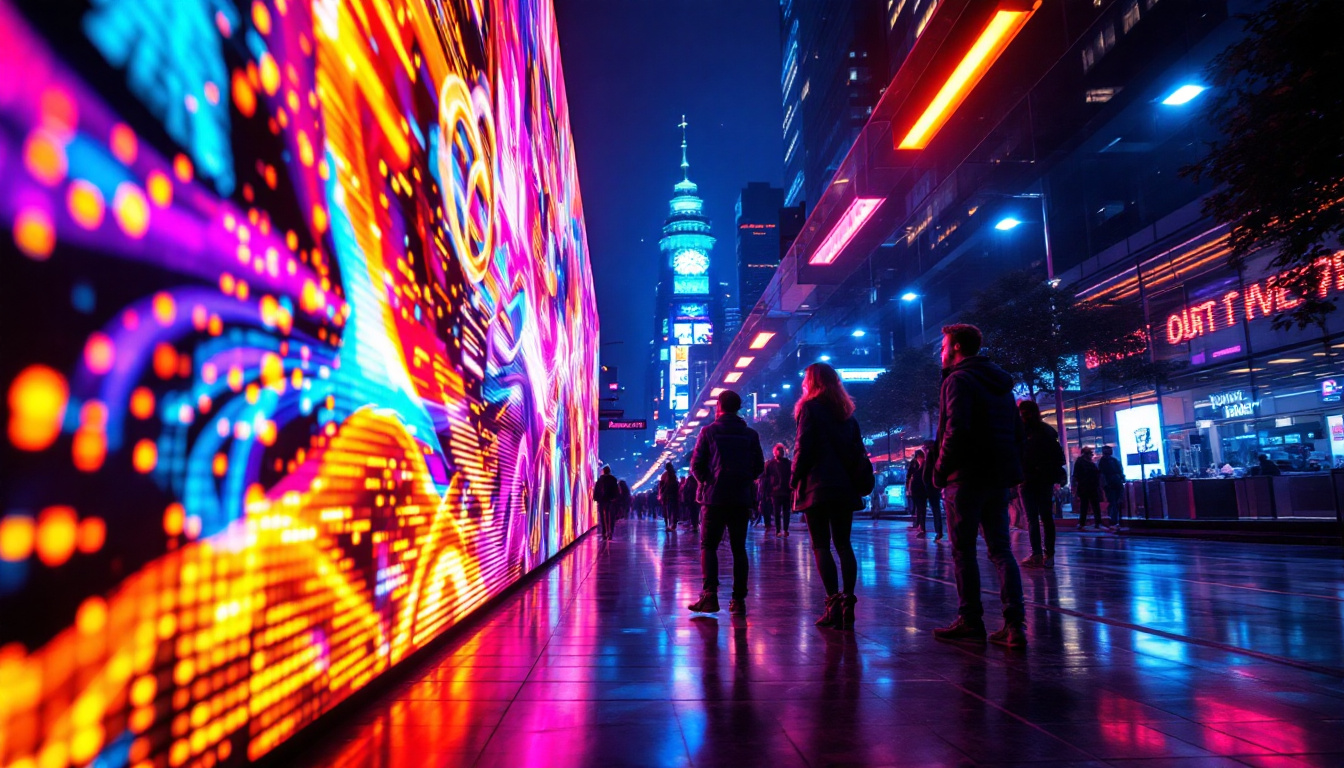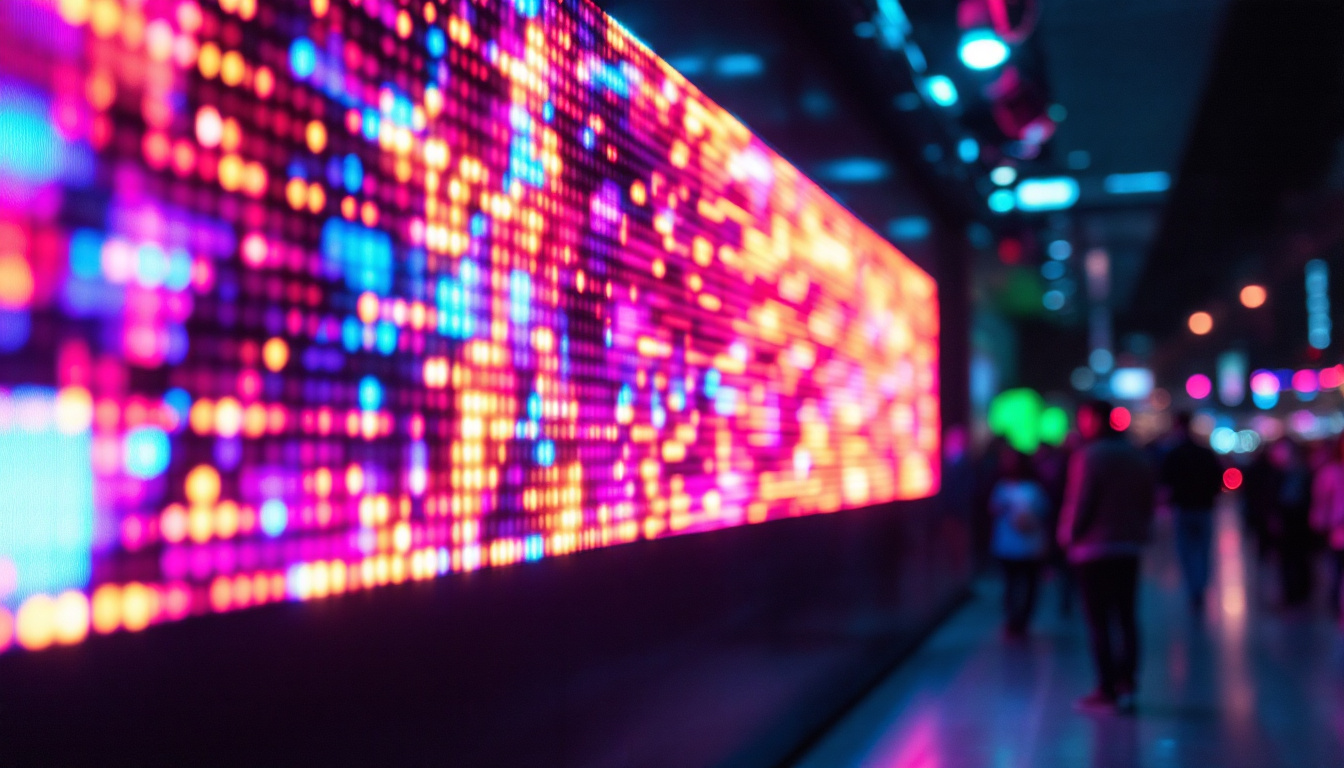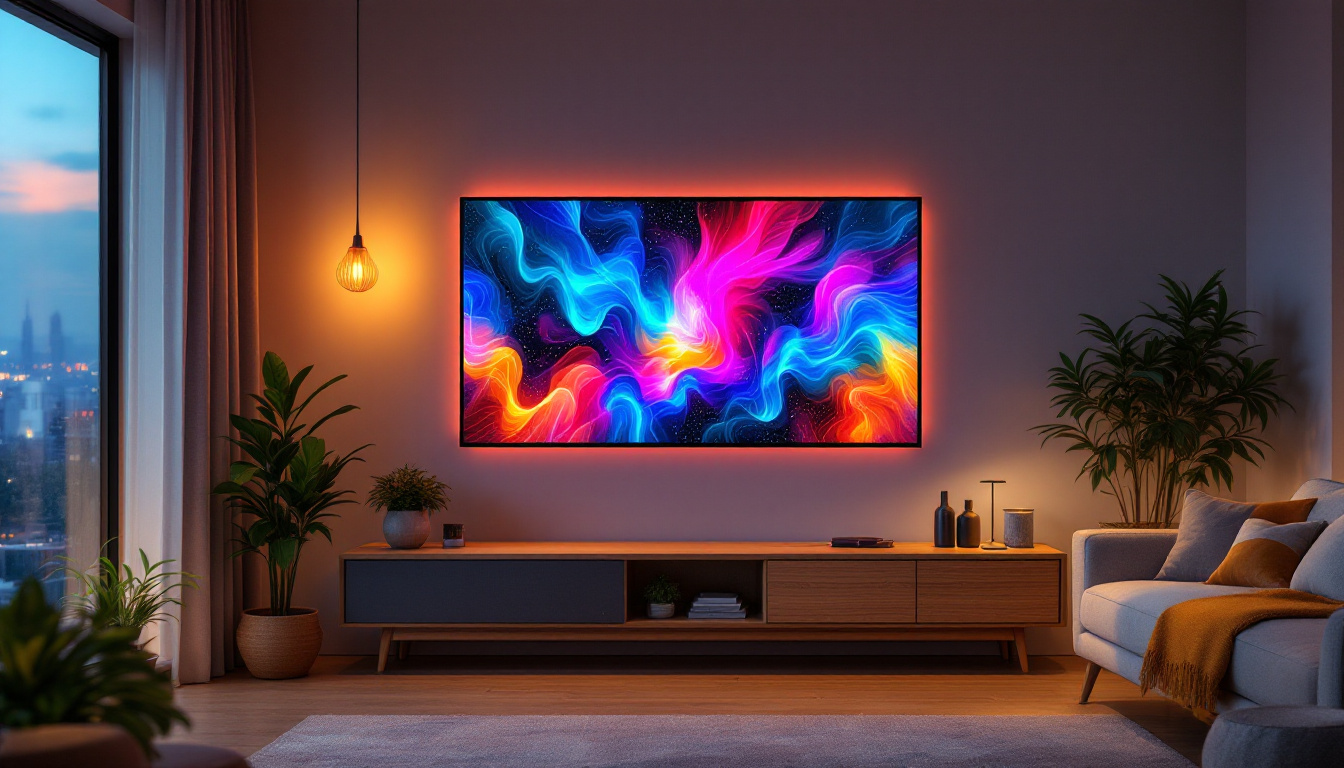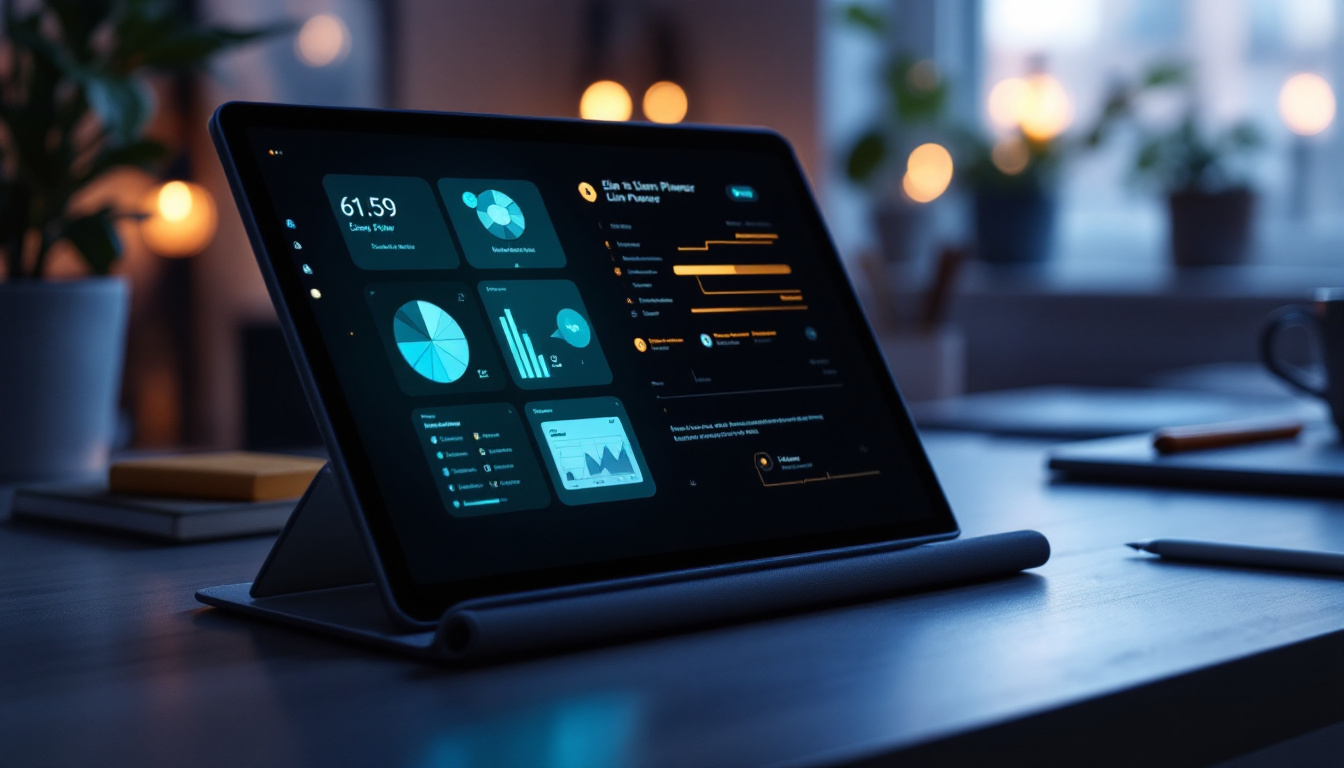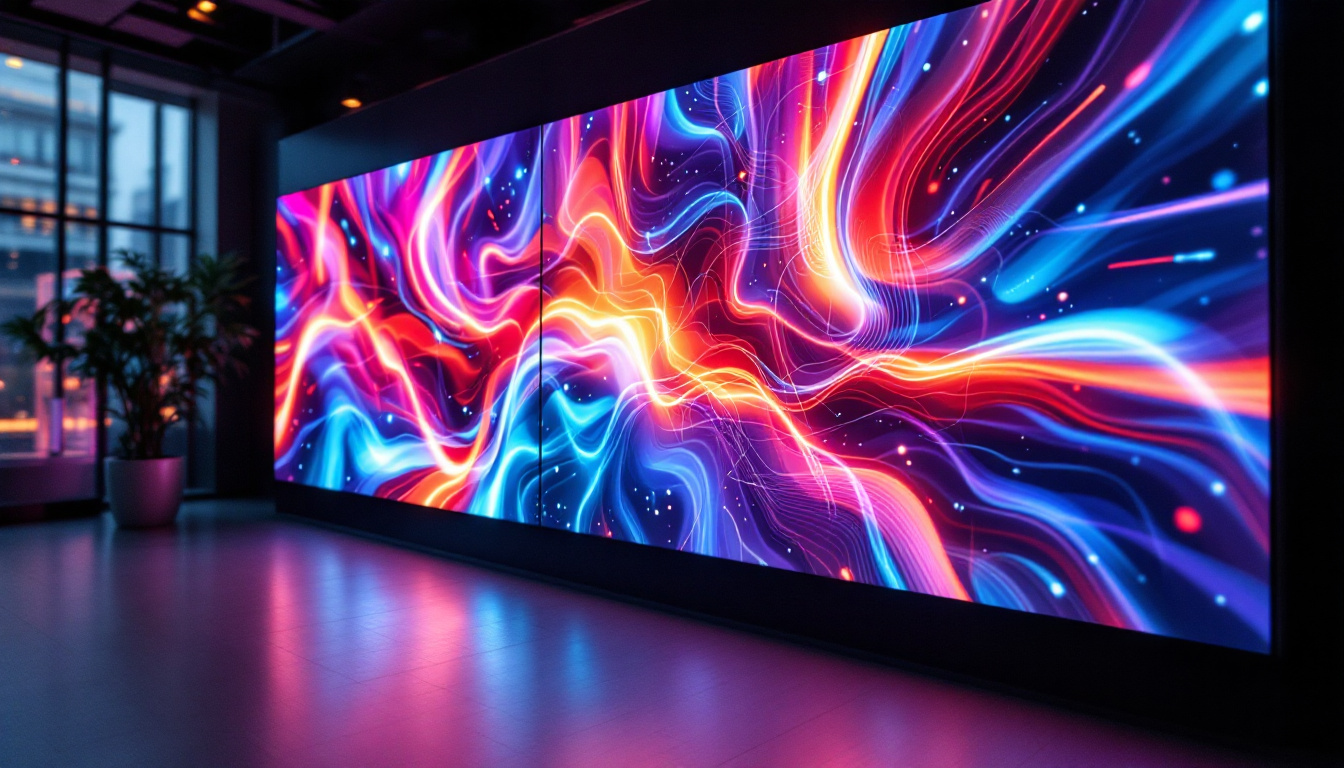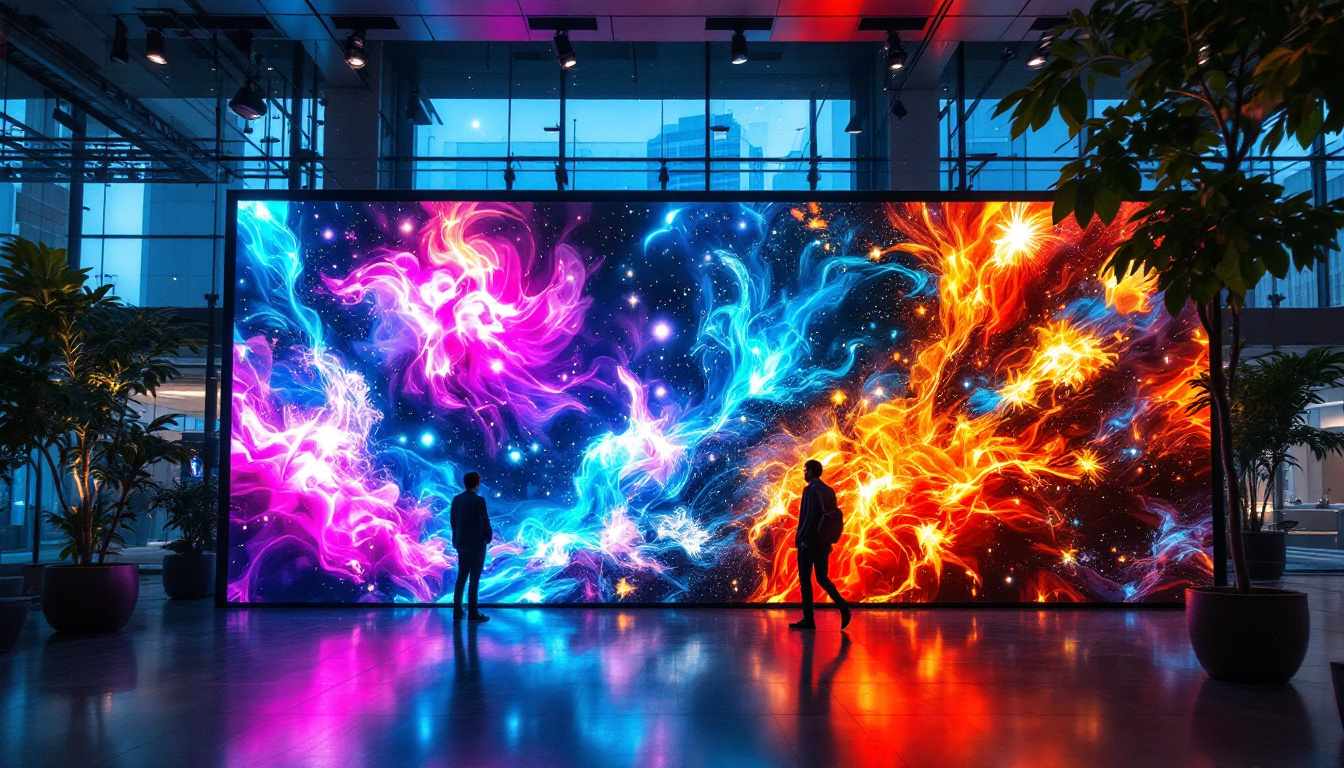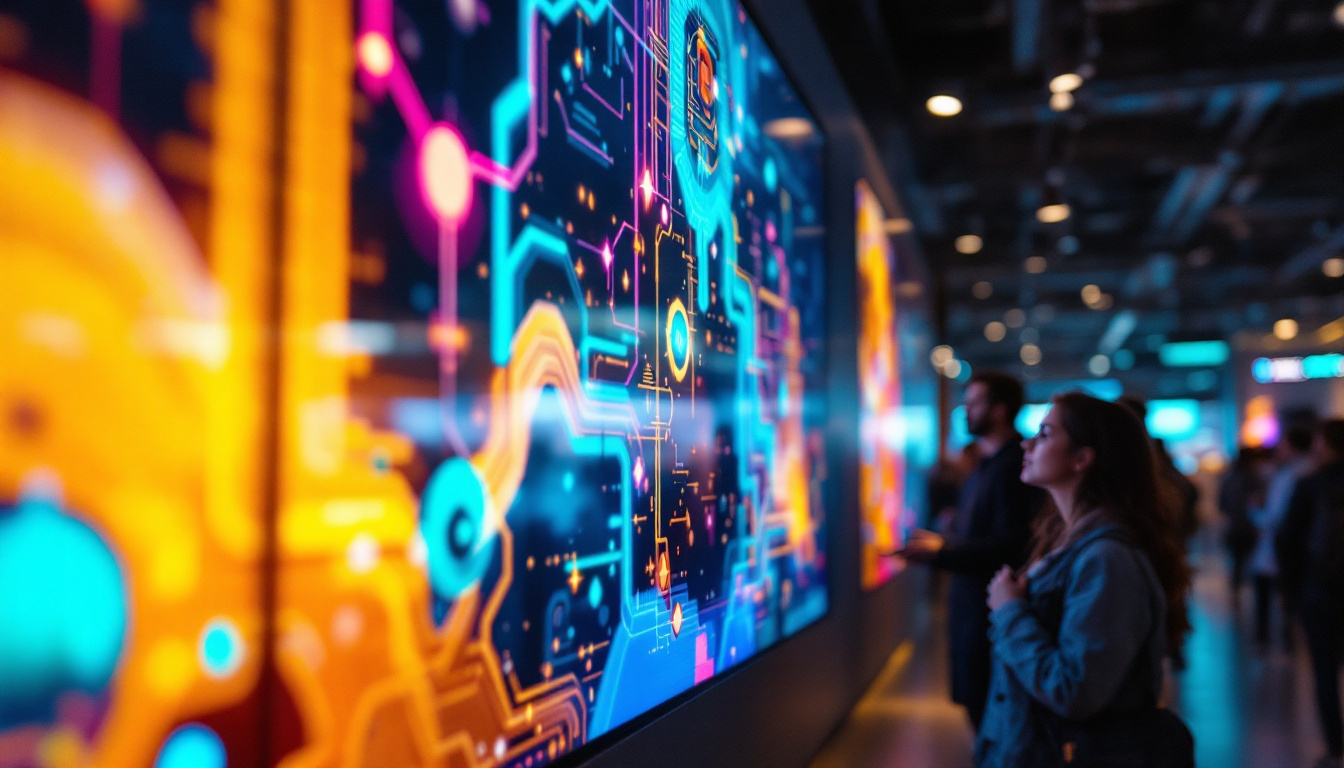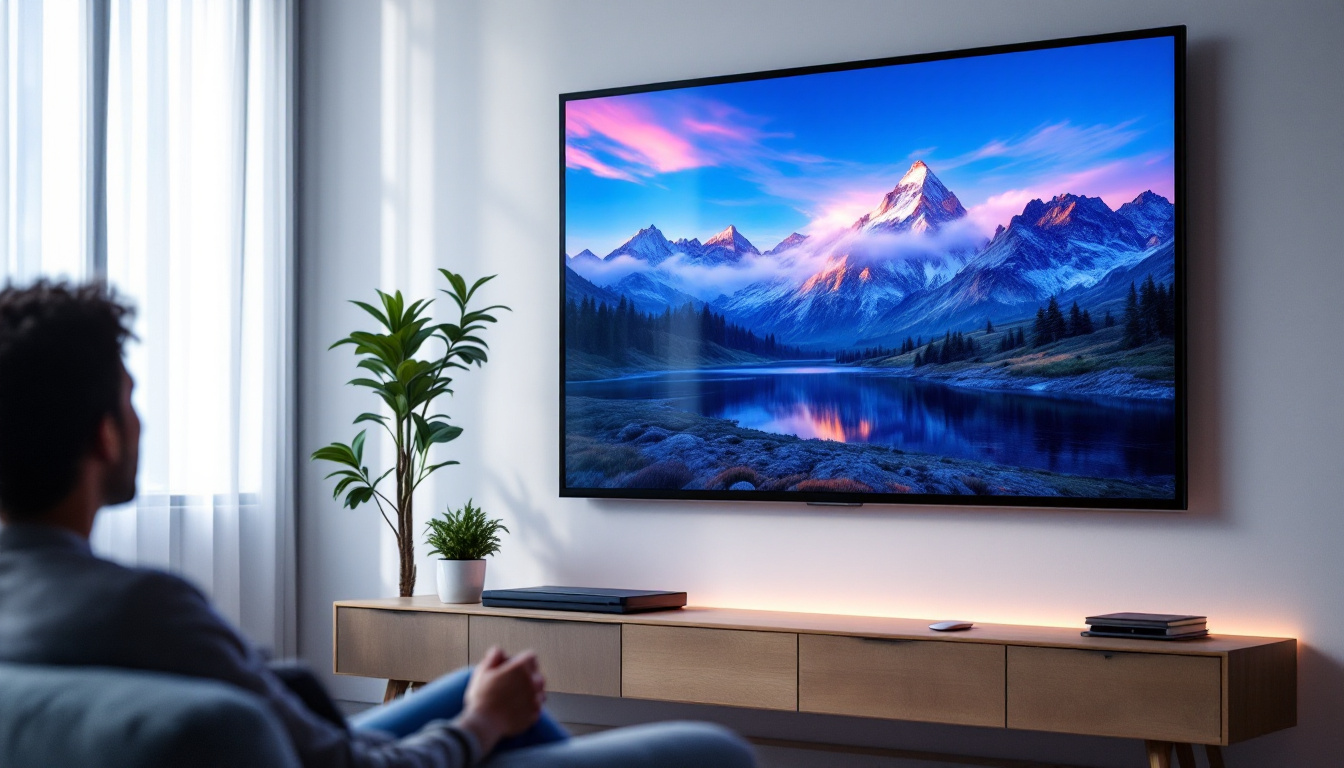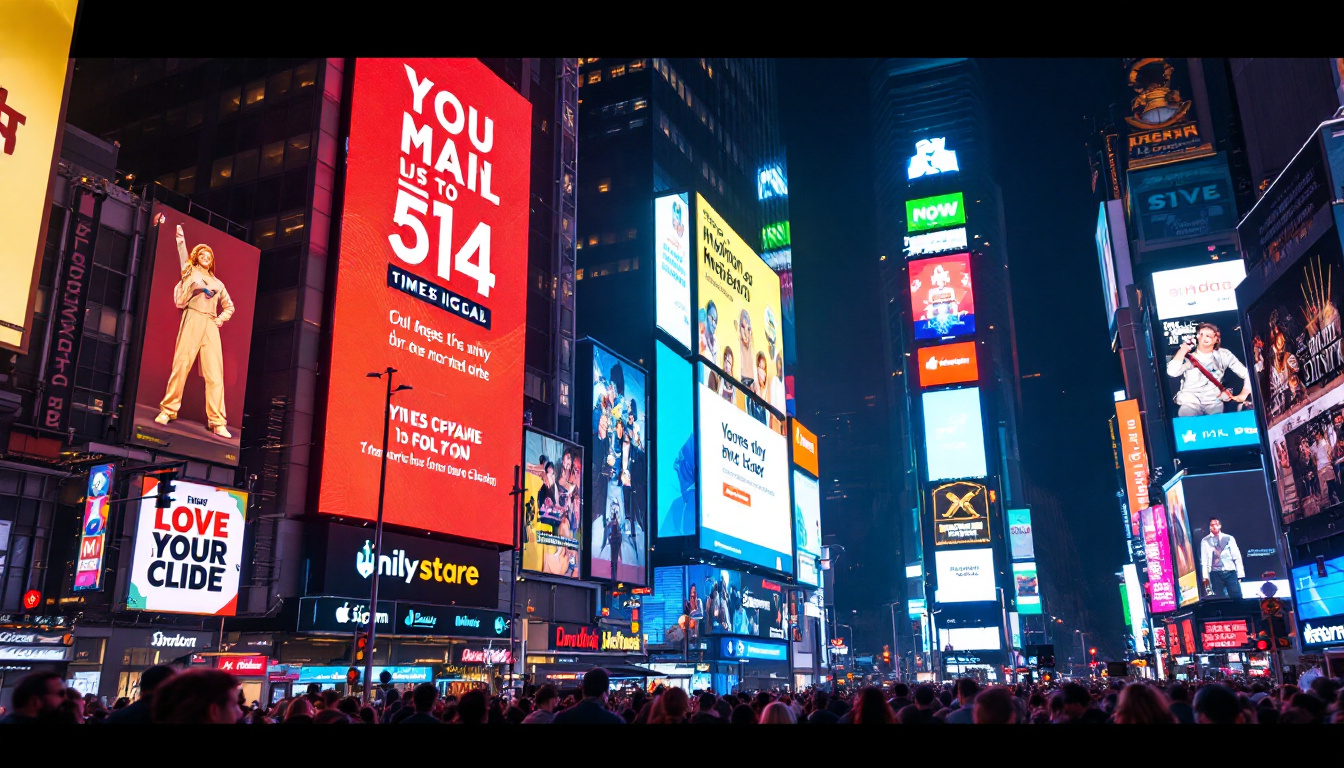In recent years, the integration of technology into sustainable architecture has gained significant traction. One such innovation is the use of LED displays in eco-friendly structures like Cob Houses. This article delves into the fascinating intersection of sustainable building practices and modern technology, focusing on the role of LED displays in Cob House Oregon.
Understanding Cob Houses
Cob houses are a form of sustainable architecture that utilize natural materials such as clay, sand, and straw. This ancient building technique has seen a resurgence in popularity due to its environmental benefits and aesthetic appeal. The roots of cob construction can be traced back thousands of years, with examples found in various cultures around the world, from the British Isles to parts of Africa and the Middle East. This rich history not only highlights the versatility of cob as a building material but also its ability to adapt to different climates and local resources.
The Basics of Cob Construction
The construction of cob houses involves mixing clay, sand, and straw to create a malleable material that can be shaped into walls. These structures are known for their thermal mass, which helps regulate indoor temperatures, making them energy-efficient. The process of building with cob is often described as both an art and a science; builders must carefully balance the proportions of each ingredient to achieve optimal strength and insulation. Additionally, cob can be sculpted into intricate designs, allowing for unique architectural features such as curved walls, built-in benches, and even artistic niches.
Unlike conventional building methods, cob construction is labor-intensive and requires a deep understanding of local materials. This hands-on approach not only fosters a connection with the environment but also promotes community involvement in the building process. Many cob builders emphasize the importance of workshops and community gatherings, where individuals can learn the craft together, share knowledge, and contribute to the construction of a shared space. This collaborative spirit not only strengthens community bonds but also ensures that the knowledge of traditional building techniques is passed down through generations.
Benefits of Cob Houses
Cob houses offer numerous advantages beyond their eco-friendliness. They are highly durable, often lasting for generations with minimal maintenance. Their unique aesthetic, characterized by organic shapes and textures, allows for creative expression in design. The use of natural materials also means that cob houses can blend seamlessly into their surroundings, creating a harmonious relationship between the built environment and nature. Furthermore, cob’s ability to absorb and release moisture helps to maintain a comfortable indoor climate, reducing the likelihood of mold and improving air quality.
Moreover, cob houses have excellent insulation properties, reducing the need for artificial heating and cooling. This translates to lower energy bills and a smaller carbon footprint, making them an attractive option for environmentally conscious homeowners. Additionally, cob construction can often be more cost-effective than traditional building methods, especially in areas where local materials are readily available. The growing interest in sustainable living has led to an increase in resources and support for those looking to build cob homes, including online forums, workshops, and local building codes that are becoming more accommodating to alternative building methods. This shift not only encourages innovation in sustainable design but also helps to create a more resilient future for communities worldwide.
The Role of LED Displays in Cob Houses
As technology continues to evolve, the incorporation of LED displays into Cob Houses presents exciting possibilities. These displays can serve various functions, from enhancing aesthetics to providing valuable information about energy consumption and environmental conditions.
Enhancing Aesthetics
LED displays can be seamlessly integrated into the design of a Cob House, providing an artistic element that complements the natural materials. For instance, dynamic lighting can highlight architectural features, such as curved walls or intricate doorways, creating a visually stunning effect.
Furthermore, these displays can be programmed to change colors or patterns based on the time of day or season, offering a unique way to celebrate the changing environment. This adaptability not only enhances the beauty of the home but also allows homeowners to express their individuality.
Informational Displays
Beyond aesthetics, LED displays can serve practical purposes. They can be used to showcase real-time data about energy consumption, indoor air quality, and even weather conditions. This information empowers homeowners to make informed decisions about their energy use and environmental impact.
For instance, an LED display could indicate when energy consumption is at its peak, prompting residents to adjust their usage accordingly. This level of awareness can lead to significant energy savings and a more sustainable lifestyle.
Integrating LED Technology with Sustainable Practices
The integration of LED technology into Cob Houses aligns with the principles of sustainability. LED lights are energy-efficient, consuming significantly less power than traditional lighting options. This characteristic makes them an ideal choice for eco-friendly homes.
Energy Efficiency and Sustainability
LED displays not only reduce energy consumption but also have a longer lifespan compared to conventional bulbs. This longevity means fewer replacements, which translates to less waste and a reduced environmental impact. When combined with the sustainable materials used in Cob construction, LED displays contribute to a holistic approach to eco-friendly living.
Moreover, the ability to harness solar energy through photovoltaic panels can further enhance the sustainability of a Cob House equipped with LED displays. By generating their own electricity, homeowners can power their displays and other appliances without relying on fossil fuels.
Smart Home Integration
As smart home technology becomes increasingly prevalent, integrating LED displays into Cob Houses can enhance the overall living experience. Home automation systems can control lighting, temperature, and even security features, all of which can be displayed on LED screens.
This level of integration allows homeowners to monitor and manage their living environment efficiently. For example, an LED display could show energy usage trends over time, helping residents identify patterns and make adjustments to reduce consumption.
Challenges and Considerations
While the benefits of incorporating LED displays into Cob Houses are clear, there are challenges and considerations to keep in mind. Understanding these factors is crucial for homeowners and builders looking to create a harmonious blend of technology and sustainability.
Initial Costs and Investment
One of the primary challenges associated with integrating LED displays into Cob Houses is the initial investment. While the long-term savings on energy bills can be substantial, the upfront costs of purchasing and installing LED technology can be a barrier for some homeowners.
However, it is essential to view this investment as part of a broader commitment to sustainability. Many local and federal programs offer incentives for energy-efficient upgrades, which can help offset some of these initial costs.
Technical Expertise and Maintenance
Another consideration is the need for technical expertise in both the installation and maintenance of LED displays. Unlike traditional lighting, LED technology requires a certain level of knowledge to ensure optimal performance and longevity.
Homeowners may need to seek out professionals who specialize in both sustainable building practices and LED technology. This dual expertise can be challenging to find, but it is essential for ensuring that the integration is successful and effective.
Case Studies: Cob House Oregon
Several Cob Houses in Oregon have successfully integrated LED displays, serving as inspiring examples for future projects. These case studies highlight the potential of merging sustainable architecture with modern technology.
Example 1: The Eco-Home Project
The Eco-Home Project in Oregon showcases a stunning Cob House equipped with LED displays that provide real-time data on energy consumption and indoor air quality. This home features a large LED screen in the living area, displaying information about energy usage patterns and tips for reducing consumption.
Residents have reported a significant decrease in their energy bills since the installation of the display. The visual representation of their energy usage has encouraged them to adopt more sustainable habits, such as reducing appliance use during peak hours.
Example 2: The Artistic Cob House
Another remarkable example is the Artistic Cob House, which incorporates LED displays as a central design feature. The displays are used to create dynamic light installations that change throughout the day, enhancing the home’s aesthetic appeal.
This innovative approach has attracted attention from local artists and architects, inspiring them to explore the potential of combining technology with sustainable design. The Artistic Cob House has become a community landmark, showcasing the beauty of eco-friendly living.
The Future of Cob Houses and LED Displays
The future of Cob Houses integrated with LED displays looks promising. As technology continues to evolve, new possibilities will emerge, further enhancing the sustainability and functionality of these unique homes.
Innovations on the Horizon
Emerging technologies, such as smart glass and energy-harvesting materials, could revolutionize the way LED displays are used in Cob Houses. Smart glass, for example, can change its opacity based on light conditions, allowing for natural light control while maintaining privacy.
Energy-harvesting materials could enable LED displays to generate their own power, creating a self-sustaining system that aligns perfectly with the principles of Cob construction. These innovations could lead to even greater energy efficiency and sustainability in future Cob House designs.
Community and Collaboration
The future of Cob Houses will also depend on collaboration within communities. As more individuals and organizations recognize the benefits of sustainable living, the sharing of knowledge and resources will become increasingly important.
Workshops, seminars, and community projects can facilitate the exchange of ideas and best practices, fostering a culture of sustainability. By coming together, communities can create a supportive environment for those interested in building Cob Houses with integrated LED technology.
Conclusion
In conclusion, the integration of LED displays into Cob Houses represents a significant advancement in sustainable architecture. By combining the timeless techniques of cob construction with modern technology, homeowners can create beautiful, energy-efficient homes that reflect their values and lifestyle.
As the world continues to grapple with environmental challenges, innovative solutions like Cob Houses equipped with LED displays will play a crucial role in shaping a more sustainable future. Embracing this fusion of tradition and technology can lead to a harmonious living experience that benefits both individuals and the planet.
Illuminate Your Cob House with LumenMatrix
Ready to embrace the future of sustainable living with a touch of technological elegance? Discover how LumenMatrix can transform your Cob House into a beacon of innovation and efficiency. Our extensive range of LED display solutions, from Indoor and Outdoor LED Walls to Custom and All-in-One LED Displays, is designed to integrate seamlessly with eco-friendly architecture, providing you with the perfect blend of tradition and modernity. Check out LumenMatrix LED Display Solutions today and take the first step towards a visually stunning and energy-efficient home that stands out.

